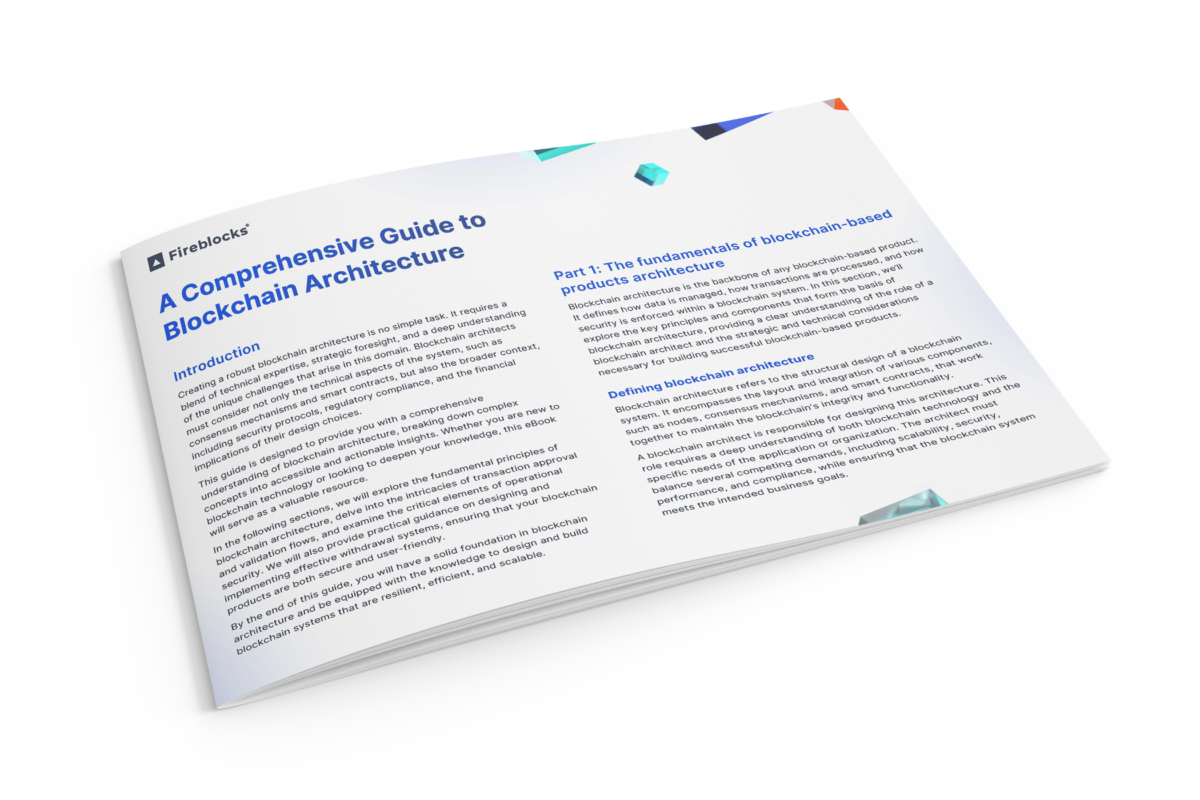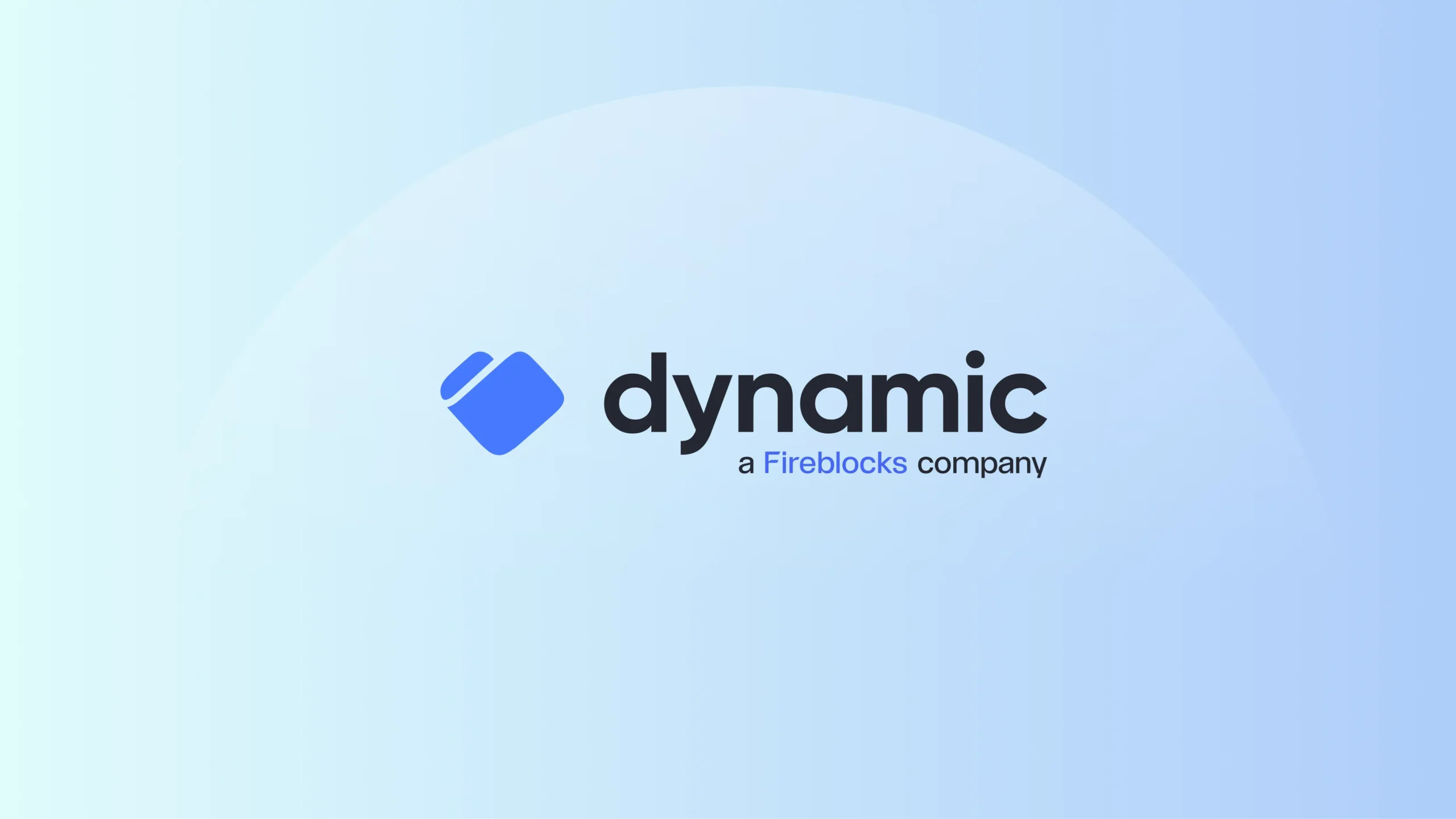
A Beginner’s Guide for Institutional Investors
A Comprehensive Guide to Blockchain Architecture
Blockchain architecture is the backbone of any blockchain-based product. It defines how data is managed, how transactions are processed, and how security is enforced within a blockchain system. In this section, we’ll explore the key principles and components that form the basis of blockchain architecture, providing a clear understanding of the role of a blockchain architect and the strategic and technical considerations necessary for building successful blockchain-based products.
Defining blockchain architecture
Blockchain architecture refers to the structural design of a blockchain system. It encompasses the layout and integration of various components, such as nodes, consensus mechanisms, and smart contracts, that work together to maintain the blockchain’s integrity and functionality.
A blockchain architect is responsible for designing this architecture. This role requires a deep understanding of both blockchain technology and the specific needs of the application or organization. The architect must balance several competing demands, including scalability, security, performance, and compliance, while ensuring that the blockchain system meets the intended business goals.
Key components of blockchain architecture
| Nodes |
| Nodes are the individual computers or devices that participate in the blockchain network. Each node maintains a copy of the blockchain and can participate in the validation and propagation of transactions. Nodes can be full nodes, which store the entire blockchain, or lightweight nodes, which store only a portion of the blockchain necessary for certain operations. |
| Consensus mechanisms |
| The consensus mechanism is a core component of blockchain architecture that ensures all nodes in the network agree on the state of the blockchain. Common consensus algorithms include Proof of Work (PoW), Proof of Stake (PoS), and Delegated Proof of Stake (DPoS). Each has its own strengths and trade-offs in terms of security, scalability, and energy efficiency. |
| Smart contracts |
| Smart contracts are self-executing contracts with the terms of the agreement directly written into code. They automatically enforce and execute actions based on predefined conditions. Smart contracts are a fundamental aspect of many blockchain architectures, enabling decentralized applications (dApps) and automating complex processes. |
Strategic considerations
Designing a blockchain architecture is not just about the technical details – it also requires strategic thinking to align the architecture with broader business objectives and regulatory requirements.
| Aligning architecture with business goals |
| The architecture must support the specific goals of the organization. Whether the focus is on transaction speed, security, scalability, or decentralization, the architecture should be tailored to meet these priorities. For example, a financial application might prioritize security and compliance, while a supply chain solution might focus on transparency and traceability. |
| Navigating regulatory requirements |
| Blockchain operates in a complex regulatory landscape. Architects must ensure that the architecture complies with relevant laws and regulations, which can vary by jurisdiction. This might involve implementing features such as identity verification, audit trails, and data protection measures. |
| Balancing scalability and security |
| Scalability and security are often at odds in blockchain architecture. Increasing scalability might involve reducing the level of decentralization, which can impact security. Conversely, enhancing security through increased decentralization can limit scalability. Blockchain architects must carefully balance these factors to create a system that meets the desired performance metrics, without compromising security. |
Technical foundations
A solid understanding of the technical foundations of blockchain architecture is essential for building effective systems. This includes knowledge of consensus algorithms, smart contract design, and integration with existing systems.
| Understanding consensus algorithms |
| Consensus algorithms are the heart of blockchain’s decentralized nature. They determine how transactions are validated and how the network reaches agreement on the blockchain’s state. Architects must choose a consensus mechanism that aligns with the specific needs of the application. For example, PoW is highly secure but resource-intensive, while PoS offers efficiency but requires mechanisms to prevent centralization. |
| Designing smart contracts |
| Smart contracts must be designed with reliability and security in mind. This involves rigorous testing, formal verification, and careful consideration of potential vulnerabilities. The logic of smart contracts should be simple and clear to avoid errors and exploits. |
| Integrating with existing systems |
| Blockchain systems often need to interact with existing software and hardware infrastructure. Effective integration ensures that blockchain applications can operate smoothly within the broader IT ecosystem. This might involve the use of APIs, middleware, or custom interfaces to facilitate communication between the blockchain and other systems. |
